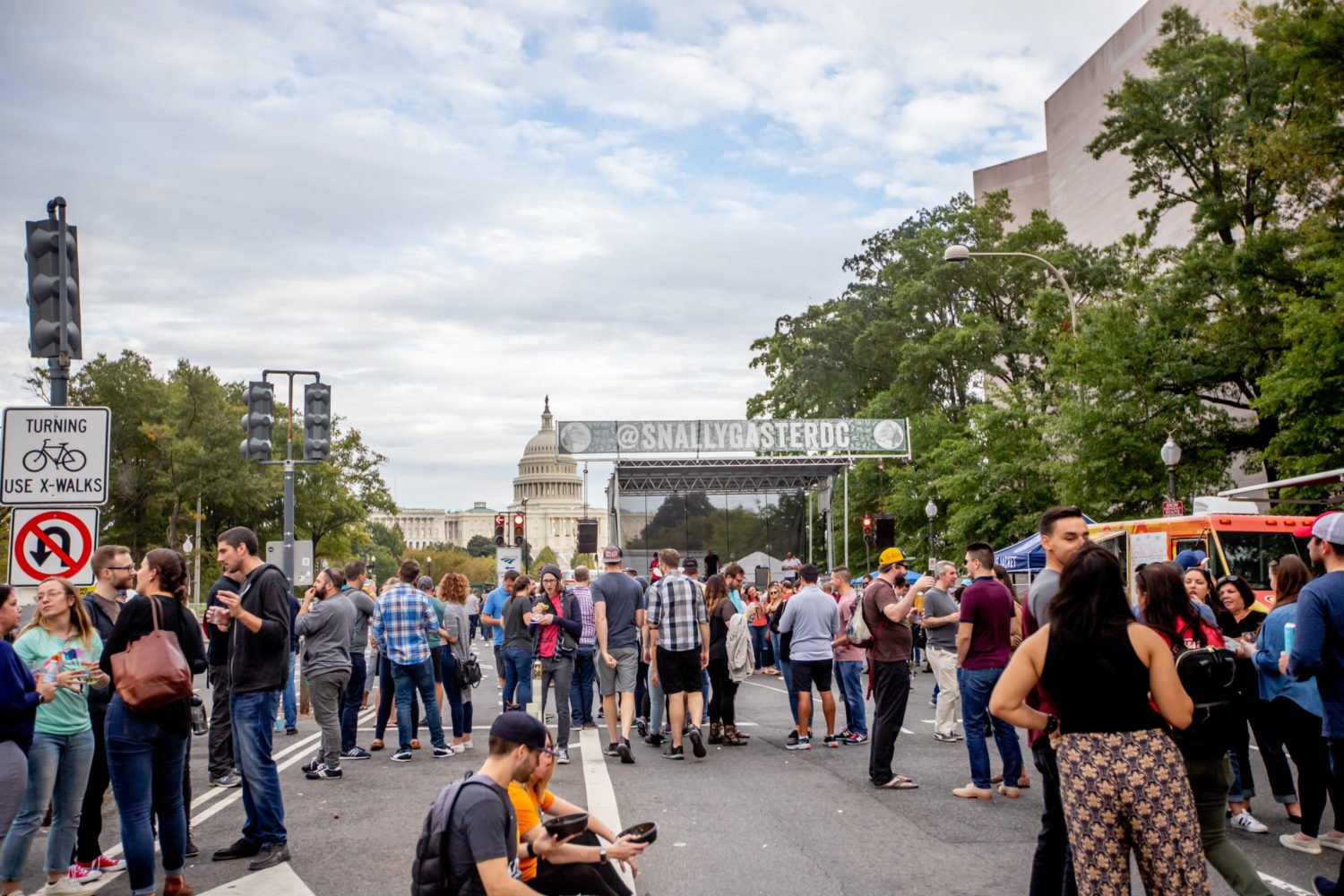The Peruvian Brothers food truck became the first mobile vendor in DC to start accepting the digital currency Bitcoin last week. Is this the beginning of a new trend?
Bitcoin, a decentralized digital monetary system created in 2009, allows people to transfer funds through the internet directly to another person without having to go through any sort of bank.
“I think it’s a very unique and new way of payment, especially for small business,” says Giuseppe Lanzone, who runs Peruvian Brothers with his brother Mario.
Most food trucks, however, had never even heard of Bitcoin. And those who had didn’t see their own truck accepting the currency. “Maybe if a few more trucks start doing it, others with follow the pack,” says Andrew Chatelain, an employee at the Big Cheese truck.
Stellina Malt, another food truck employee, thinks it is a good investment for the future. “It’s a landmark decision and a good move forward to accepting the new millennium. Among food trucks, however, I think we’re still pretty much a cash business. I don’t see it being a trend,” Malt says.
Giuseppe believes the transaction method will become more popular. However, since they activated the service last Monday they’ve only had three customers use Bitcoin to purchase from their menu of Peruvian sandwiches, empanadas, and desserts.
“It’s a very simple process once you’ve done it a couple times. It sounds a lot more complicated than it is and some people might be scared of it at first,” Giuseppe says.
So how does it work? Giuseppe uses the website BitPay on his smartphone that creates a QR code—essentially a type of barcode, like those scanned at the grocery score—specific to the truck’s BitPay account. Customers use their Bitcoin wallet app to scan the QR code with their smartphone to allow the transaction to go through. For every exchange, BitPay creates a unique code that, according a press release, “reflects the real time exchange rate for the amount of Bitcoin the truck is requesting in exchange for food.”
The Lanzones’ decision to become Bitcoin pioneers in the street food scene came after a conversation with Tyler and Cameron Winklevoss (aka the “Winklevii” twins famously portrayed in The Social Network), who are major investors in Bitcoin. The twins, who met Giuseppe when they trained together for the US Olympics Rowing team, convinced him that Bitcoin would be an extra medium for accepting money and would only be an advantage for their business.
“It was not a surprise that the Peruvian Brothers quickly understood the benefits of Bitcoin, and were willing to adopt and support this new technology to create the best customer experience possible,” says Cameron.
Justin Laughter, a regular customer at the Lanzone’s truck, says he has some friends who use Bitcoin. He says he never really considered joining the service until he found something like the South American street fare that he would be able to purchase.
The debate on digital currency and its legitimacy continues outside of mobile vendors in DC. Whether it dies down because of its susceptibility to fraud, or picks up as the future of transactions, only time will tell. But for now, if you’ve left your credit cards and cash at home, Bitcoin can be just another way to purchase your favorite pan con chicharrón.















